Zaptec Go is a small and neat charger that takes up minimal wall space. It comes in several colours, so you can choose the one that best matches your house. If in doubt, you can choose the black one, which is the one I received for testing.
Installation is simple and can be done by an electrician in less than an hour – if conditions are optimal. The law requires the job to be done by an authorised electrician, so speak to the retailer where you’re buying it about the installation.
Price-wise, Zaptec Go is one of the cheapest chargers on the market, but be aware that the installation costs about the same as the charging box itself. So the price roughly doubles. We’ve listed the price here without installation as it will vary depending the service provider.
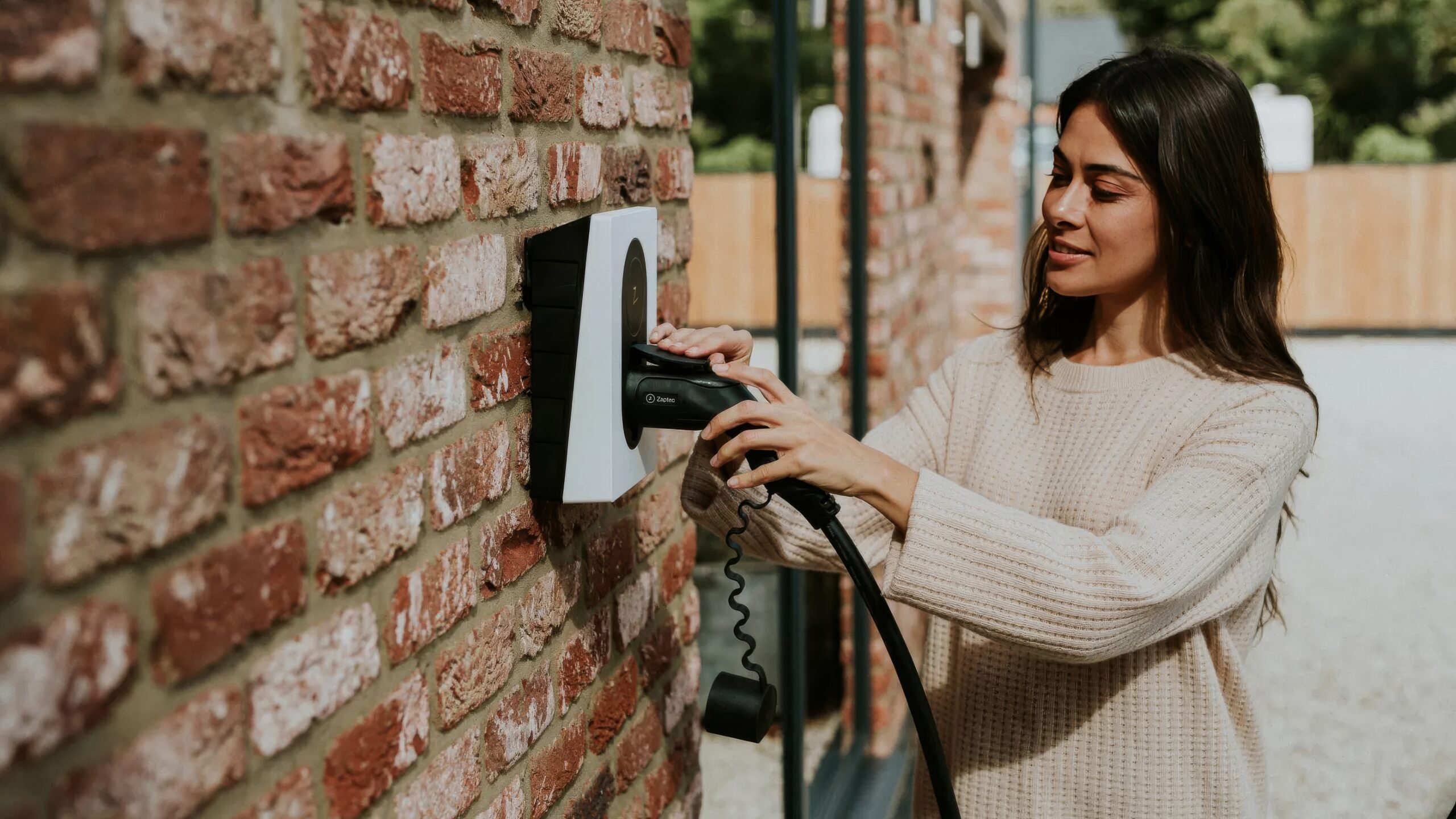
Charging capacity
Zaptec Go can charge with a power output of up to 22 kW, which means you can charge your electric car quickly and efficiently. You can also connect multiple Zaptec Go chargers on the same installation, so you can charge multiple EVs at the same time.
To be able to charge with 22 kW, your installation must be able to handle it. In practice, this means that your installation (fuse group and cables to the road) must be able to handle up to 32 amps. Alternatively, you could of course charge with 11 KW – which most installations can easily handle.
However, not all cars support 22 kilowatts. The vast majority of electric cars today charge with a maximum of 11 kW, so most customers will not benefit from the high power. However, it’s likely that your next electric car will be able to charge faster and benefit from the 22 kilowatts.
Features and functions
Zaptec Go is packed with smart features. For example, you can set it to charge with an RFID chip so nobody unauthorised can charge with it.
The charger has built-in Wi-Fi, so you can control the charger via the Zaptec app directly on your mobile phone. Use the app to start and stop charging, set charging times and see how much power you’ve used. You can also set up smart charging to charge your car when power is cheapest.
As the charger does not communicate with the car’s computer, it does not know how much capacity is left in the battery when it is set to charge. Therefore, to set up smart charging, you need to know approximately how much you drive in a day or week, or how often you want to smart charge, and set this in the Zaptec app. This is used to calculate when the charger should charge to deliver the cheapest power. But no matter what, your car will still be fully charged. So you don’t have to worry about the battery being discharged more than usual when the car is set to charge, all that happens is that the last few kilowatts charged won’t necessarily hit the lowest electricity price.
Do you have smart power?
If you have an electricity contract with a company that offers smart power, there are some things to consider. Some electricity companies allow you to communicate directly with your electric car via an app, so they know exactly how much power it needs and at what times to get the lowest price.
If this is the case for you, Zaptec recommends disabling this feature so that both Zaptec Go and the household’s own power supply don’t both attempt to control charging. That way, you risk not being able to charge when the price is at its lowest. This means you need to choose which of the systems should control the smart power.
Smart power management with Sense
For the test, I’ve included a small smart device called Sense, which monitors the entire household’s power consumption in real time and adjusts the charging speed so that the wall charger never draws more power than the main circuit can handle. If you have two car chargers, where the second charger is a different brand and you need to charge two cars at the same time, I would definitely recommend the Sense device.
Sense also allows you to set a maximum mains load for the whole household, so you know you’ll never go over a certain level.
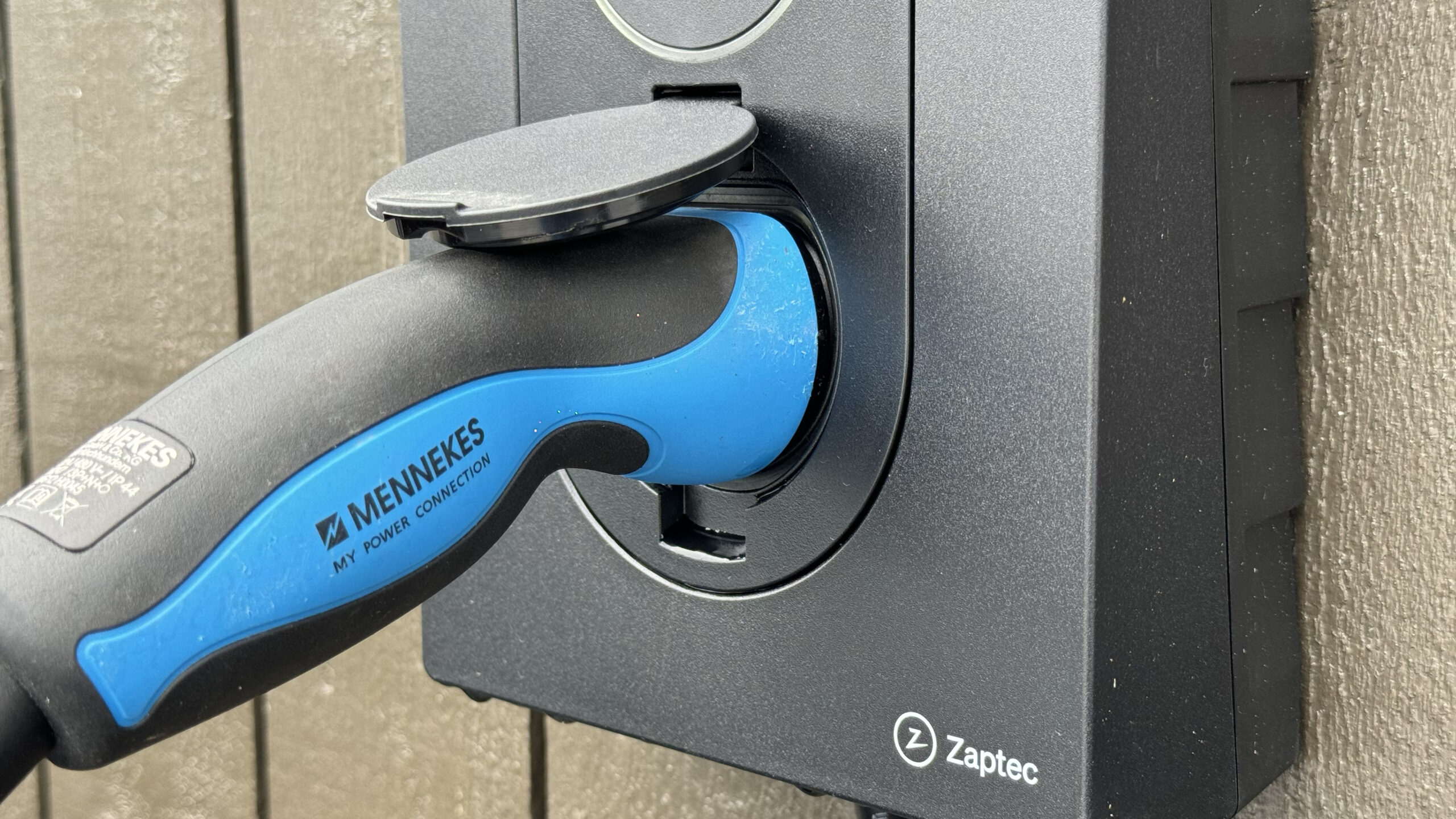
My experience with Zaptec Go
Until I tested the Zaptec Go, I’ve been using a dumb 11 kW charger from Schneider. In many ways, a charger is just a charger as long as it works, and they both do. However, I’ve grown to love the Zaptec app, especially the ability to lock the charging socket so that no one can use the cable when it’s not in use.
The small Zaptec charger is elegant and doesn’t spoil the exterior. The Schneider charger, in comparison, is a big, ugly white box. The Zaptec charger just makes your home look more modern. With a luminous ring that shows if it’s charging (blue), if the car is fully charged (white) or if there’s a problem with the charging (red).
In the six winter weeks I’ve had the charger, in very cold weather down to 20 degrees below zero, I’ve never experienced any faults with it. Not when charging the household Tesla, our old Nissan Leaf or any of the cars I’ve had for review during this period.
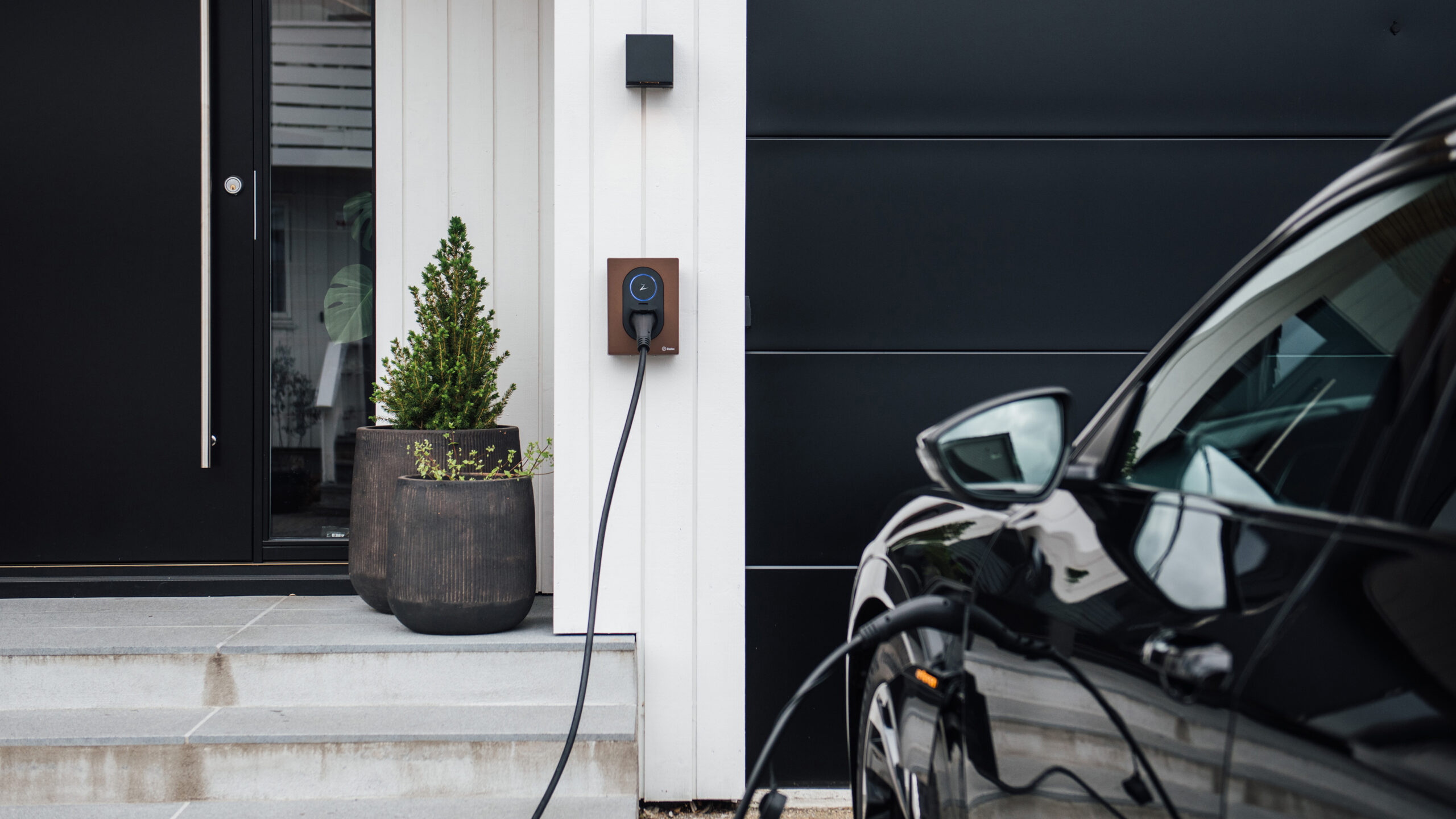
Conclusion
Zaptec Go is an excellent choice for those looking for a compact, smart and affordable EV charger for the home. It’s easy to install, virtually flawless to use and has all the features you need to charge your EV quickly and efficiently. Plus smart power management and up to 22 kW charging power.

We think
Built-in Wi-Fi, smart app control, charger with up to 22 kW. Together with optional Sense, it balances the entire household power load. Affordable, compact and connected. Does not work optimally with the electricity supplier's own smart features for charging electric cars. Doesn't communicate directly with the car, so it doesn't automatically know how much power to smartly manage.
750 €
Specifications
- Capacity: 22 kW
- Phases: 3-phase
- Charger type: Type 2
- App control: Zaptec app (Android, iOS)
- Built-in DC protection: Yes
- Maximum number of chargers per installation: 3
- Dimensions: 18 cm x 24.2 cm x 7.5 cm (W x H x D)
- Weight: 13kg
- Other: Smart power management with Sense (optional)
- Web: zaptec.com
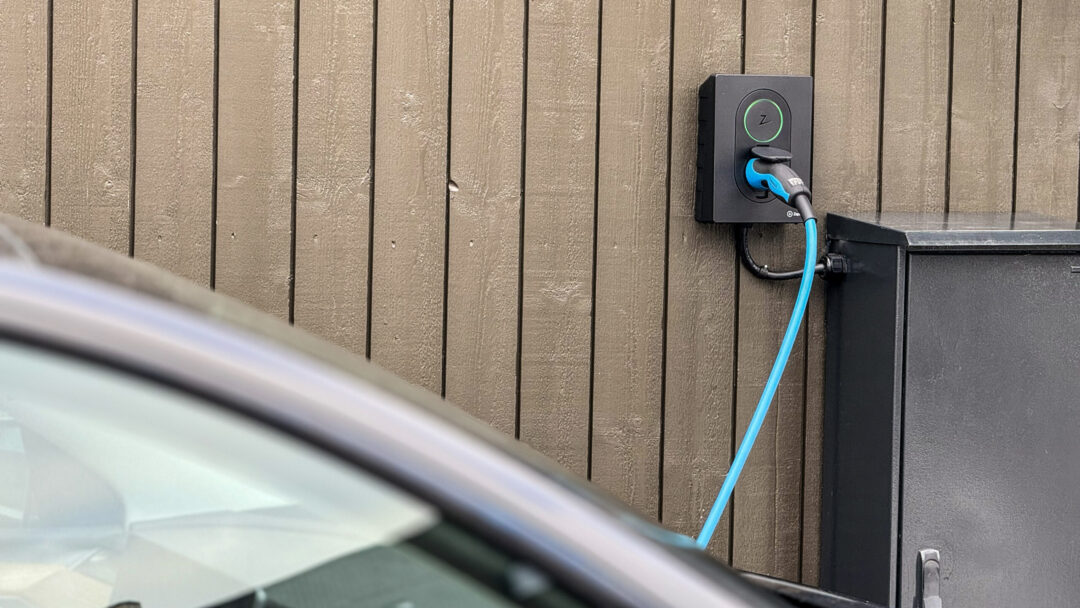
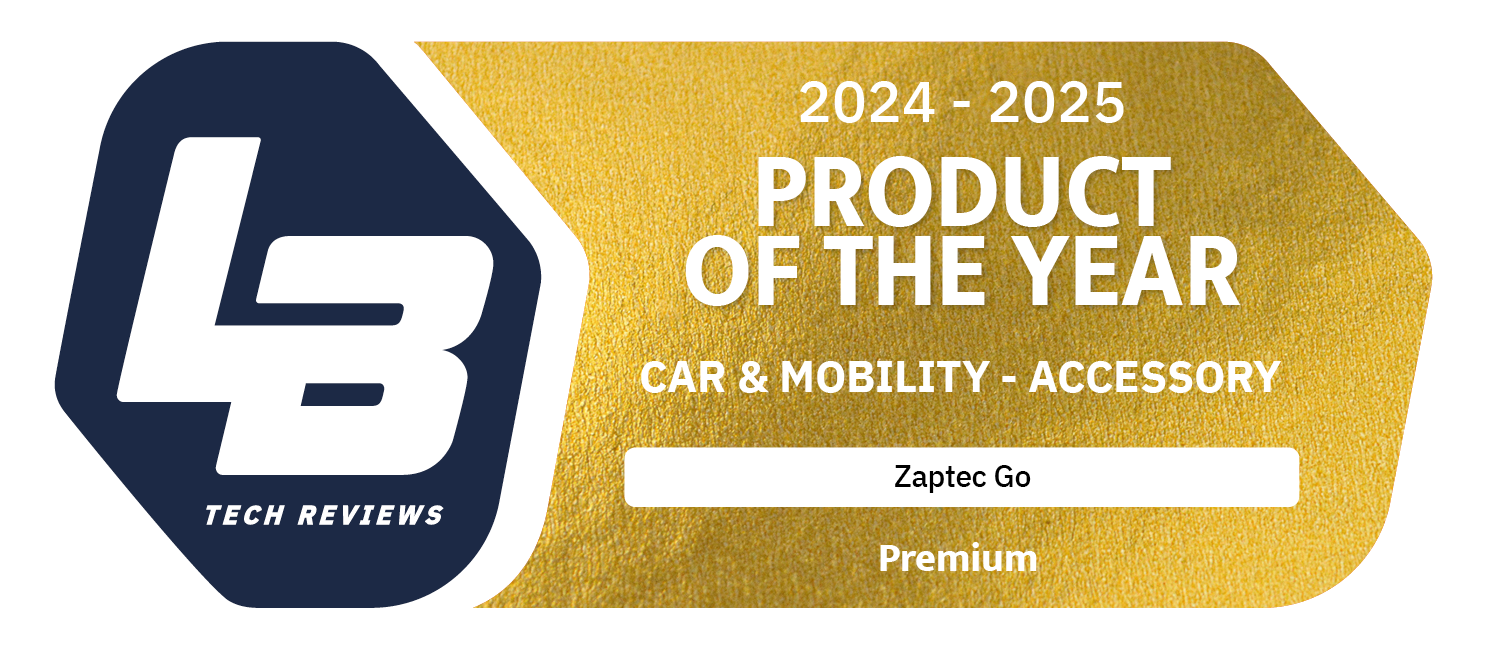

Can’t it also do bidirectional ? For V2H, which is going to be a big thing.
Also, to do 22kW it needs 3x 32amp supply and cable. 32A, like cooker cable, gives 7.2 kW.
It is nice and small though isn’t it.